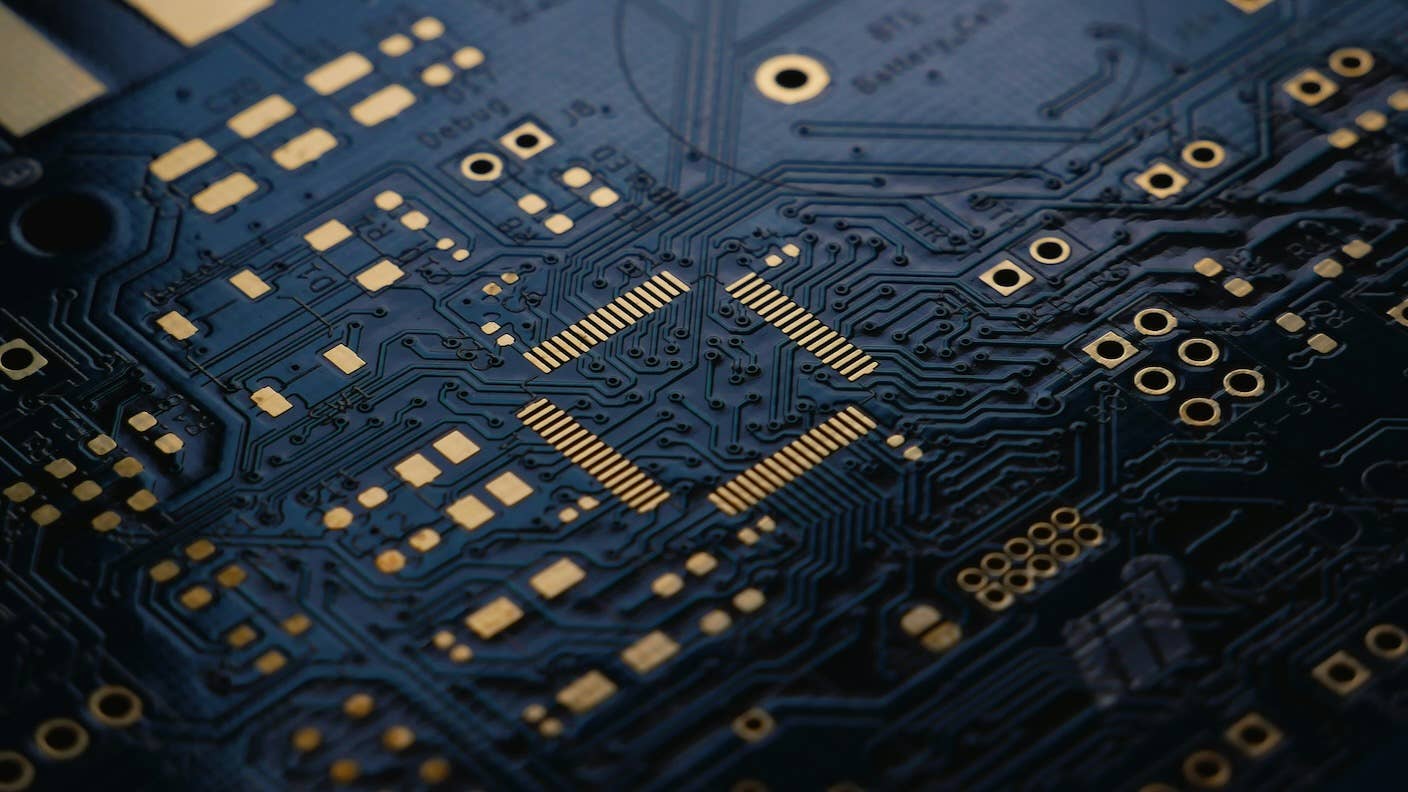This Week’s Awesome Tech Stories From Around the Web (Through August 3)

Share
ARTIFICIAL INTELLIGENCE
The Era of Predictive AI Is Almost Over
Dean W. Ball | The New Atlantis
"For firms like OpenAI, DeepMind, and Anthropic to achieve their ambitious goals, AI models will need to do more than write prose and code and come up with images. And the companies will have to contend with the fact that human input for training the models is a limited resource. The next step in AI development is promising as it is daunting: AI building upon AI to solve ever more complex problems and check for its own mistakes. There will likely be another leap in LLM development, and soon."
TECH
ChatGPT Advanced Voice Mode Impresses Testers With Sound Effects, Catching Its Breath
Benj Edwards | Ars Technica
"In early tests reported by users with access, Advanced Voice Mode allows them to have real-time conversations with ChatGPT, including the ability to interrupt the AI mid-sentence almost instantly. It can sense and respond to a user's emotional cues through vocal tone and delivery, and provide sound effects while telling stories. But what has caught many people off-guard initially is how the voices simulate taking a breath while speaking."
ROBOTICS
Arc’teryx’s New Powered Pants Could Make Hikers Feel 30 Pounds Lighter
Andrew Liszewski | The Verge
"Strength-boosting exoskeleton suits can help make jobs with physical labor feel less strenuous, but Arc’teryx has partnered with Skip, a spinoff of Google’s X Labs, to bring the technology to leisure time. The powered MO/GO pants feature a lightweight electric motor at the knee that can boost a hiker’s leg strength when going uphill while also absorbing the impact of steps during a descent."
ARTIFICIAL INTELLIGENCE
Silicon Valley’s Trillion-Dollar Leap of Faith
Matteo Wong | The Atlantic
"Silicon Valley has already triggered tens or even hundreds of billions of dollars of spending on AI, and companies only want to spend more. Their reasoning is straightforward: These companies have decided that the best way to make generative AI better is to build bigger AI models. And that is really, really expensive, requiring resources on the scale of moon missions and the interstate-highway system to fund the data centers and related infrastructure that generative AI depends on. ...Now a number of voices in the finance world are beginning to ask whether all of this investment can pay off."
AUTOMATION
Robots Are Coming, and They’re on a Mission: Install Solar Panels
Brad Plumer | The New York Times
"On Tuesday, AES Corporation, one of the country’s biggest renewable energy companies, introduced a first-of-its-kind robot that can lug around and install the thousands of heavy panels that typically make up a large solar array. AES said its robot, nicknamed Maximo, would ultimately be able to install solar panels twice as fast as humans can and at half the cost."
ENERGY
Silicon Plus Perovskite Solar Reaches 34 Percent Efficiency
John Timmer | Ars Technica
"Perovskite crystals can be layered on top of silicon, creating a panel with two materials that absorb different areas of the spectrum—plus, perovskites can be made from relatively cheap raw materials. Unfortunately, it has been difficult to make perovskites that are both high-efficiency and last for the decades that the silicon portion will. Lots of labs are attempting to change that, though. And two of them reported some progress this week, including a perovskite/silicon system that achieved 34 percent efficiency."
Be Part of the Future
Sign up to receive top stories about groundbreaking technologies and visionary thinkers from SingularityHub.


DIGITAL MEDIA
How This Brain Implant Is Using ChatGPT
Jesse Orrall | CNET
"One of the leading-edge implantable brain-computer-interface, or BCI, companies is experimenting with ChatGPT integration to make it easier for people living with paralysis to control their digital devices. ...Now, instead of typing out each word, answers can be filled in with a single 'click.' There's a refresh button in case none of the AI answers are right, and [a pioneering patient] Mark has noticed the AI getting better at providing answers that are more in line with things he might say."
ETHICS
A New Trick Could Block the Misuse of Open Source AI
Will Knight | Wired
"When Meta released its large language model Llama 3 for free this April, it took outside developers just a couple days to create a version without the safety restrictions that prevent it from spouting hateful jokes, offering instructions for cooking meth, or misbehaving in other ways. A new training technique developed by researchers at the University of Illinois Urbana-Champaign, UC San Diego, Lapis Labs, and the nonprofit Center for AI Safety could make it harder to remove such safeguards from Llama and other open source AI models in the future."
SCIENCE
Complex Life on Earth May Be Much Older Than Thought
Georgina Rannard | BBC
"A group of scientists say they have found new evidence to back up their theory that complex life on Earth may have begun 1.5 billion years earlier than thought. The team, working in Gabon, say they discovered evidence deep within rocks showing environmental conditions for animal life 2.1 billion years ago. But they say the organisms were restricted to an inland sea, did not spread globally and eventually died out."
FUTURE
Should We Put a Frozen Backup of Earth's Life on the Moon?
James Woodford | New Scientist
"A backup of life on Earth could be kept safe in a permanently dark location on the moon, without the need for power or maintenance, allowing us to potentially restore organisms if they die out. ...'There is no place on Earth cold enough to have a passive repository that must be held at -196°C, so we thought about space or the moon,' says [Mary] Hagedorn."
Image Credit: Vishnu Mohanan / Unsplash
Related Articles

Refreshing the Brain’s Immune Cells Could Treat a Host of Diseases

Your ChatGPT Habit Could Depend on Nuclear Power

Time Doesn’t Really Flow—Your Brain Just Makes You Think It Does
What we’re reading
